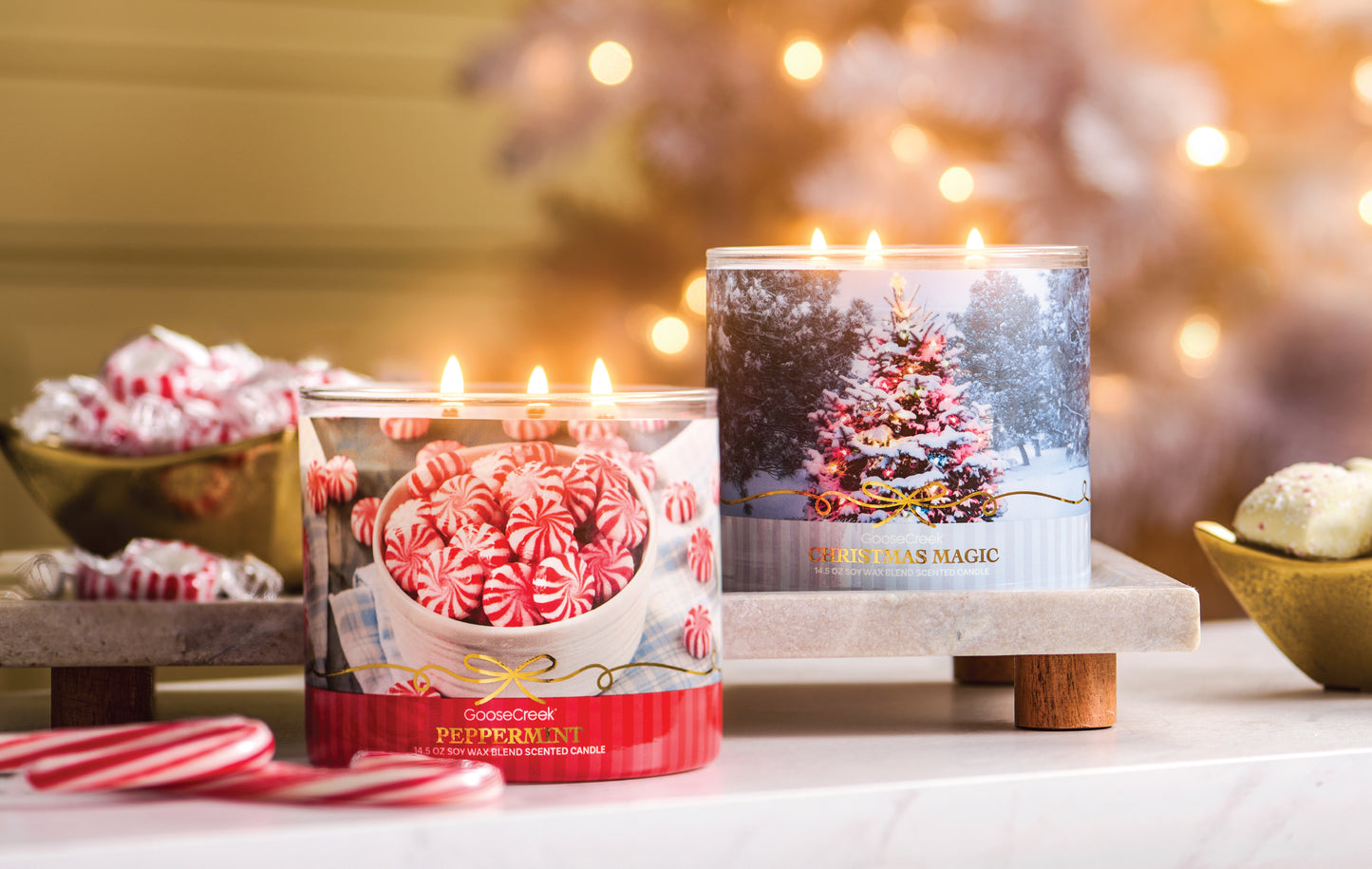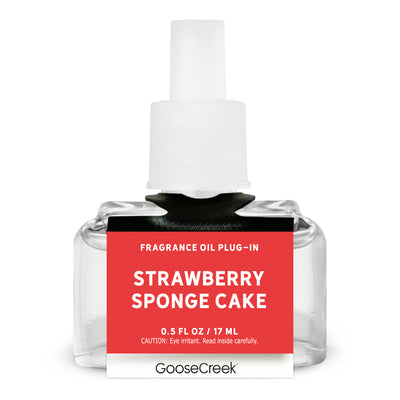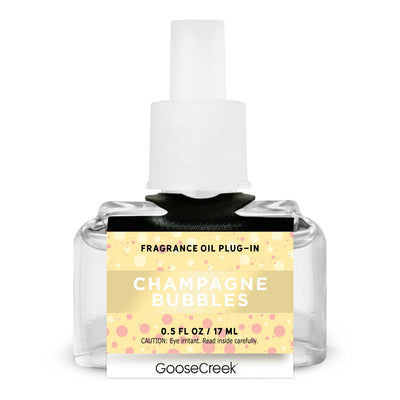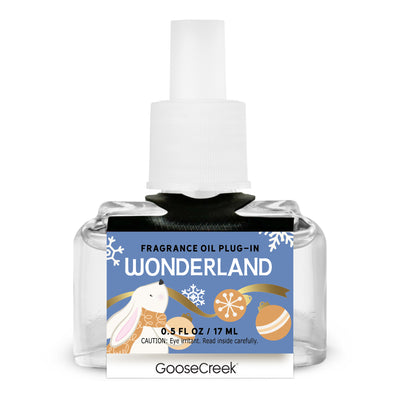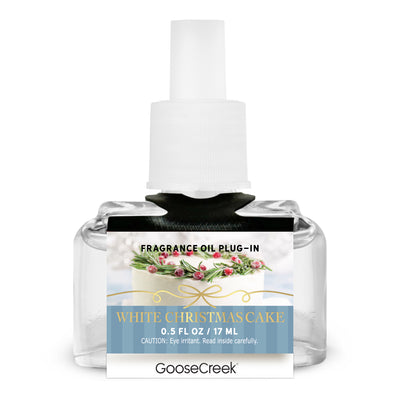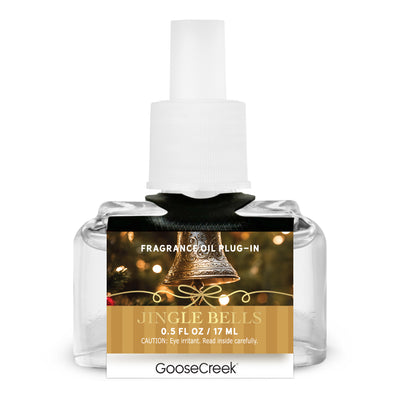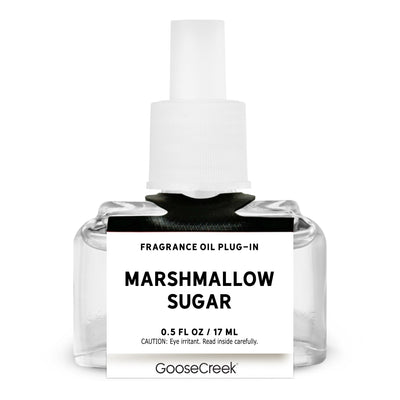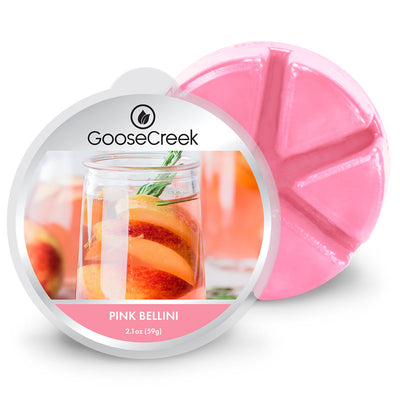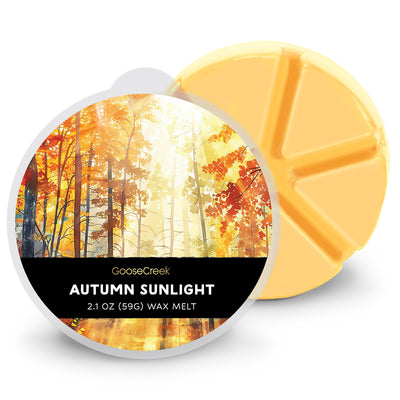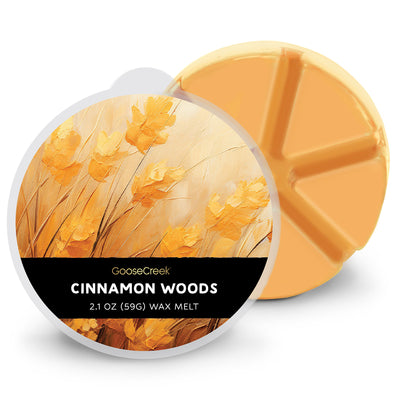
How Do Candles Work? The Science Behind Burning Wax Candles
In an age where we get most of our light from sources such as electricity, batteries and even the sun, the "low tech" candle continues to be admired and desired by those who appreciate its beauty and simplicity. Although they are no longer a main source of indoor lighting, candles continue to be a top home décor item. If you've ever gazed at a burning candle and wondered "How does it do that?" We're going to reveal the science behind how it works.
Candle Burning Creates Combustion
Candles are more than just attractive décor. They also happen to be bombastic fuel generators. The hardened wax of a candle is actually made up of hydrocarbons, which, in scientific terms is a blend of hydrogen and carbon atoms. When wax comes into contact with a heating source (in this case a candle flame) it becomes a reservoir of fuel for the fire. Similar to a car's ignition, when you light the wick, it creates heat combustion, and the wax (fuel) keeps the flames burning.
What is produced when a candle burns?
The burning of a candle is always going to cause a chemical change. As it burns, it emits smoke, which is called soot. The best candle makers use materials and techniques that produce as little soot as possible. Many people prefer clean burning candles for this reason.
What Is The Purpose of the Candle Wick?
The wick of a candle serves as a conduit for connecting candle wax with the intense heat from fire. Wicks absorb melting wax caused by the high temperature of the flame. In turn, the wax evaporates during the melting process and those vapors are what feeds the continuous flame. Lead-free cotton wicks are the safest choice, and they must be just the right length for the candle to burn evenly and thoroughly with no pooling of wax.

Candle Flame Colors Explained
Are you mesmerized by that flickering candle flame? Here's a chance to learn some cool trivia about it. There are three colors in the flame and each color occupies a region. The blue region is closest to the wax. Filled with oxygen, it starts the process of wax hydrogen and carbon vaporization.
Hovering above the blue is the dark orange-brownish region. Unlike the bottom area, this region has very little oxygen and it helps break the carbon down further. Most of what you see is the bright, yellow region and this area is the source of most of the flame's intense heat.
Candle Melting Points
The melting point for paraffin wax is between 120 and 150 degrees Fahrenheit.
What is the melting point of soy wax?
The melting point for soy wax is between 120 and 180 degrees Fahrenheit.
Because of natural variations in wax, each candle has its own unique melting point.

Trendy Candle Guide
Now that you know more about the burning of candle wax, it's time to take a look at some of today's hottest candle trends. These unique candles are all clean burning, so you can safely enjoy them at home or the office.
Modern Farmhouse Candles. Simplicity reigns supreme with plain white jars featuring a single, meaningful word or short phrase. The homey fragrances are perfect for laid-back contemplation.
Candles for Men. These candles with masculine scents are perfect for his personal spaces. Women love them too!
World Traveler Candles. Travel the world with these country-inspired fragrances.


